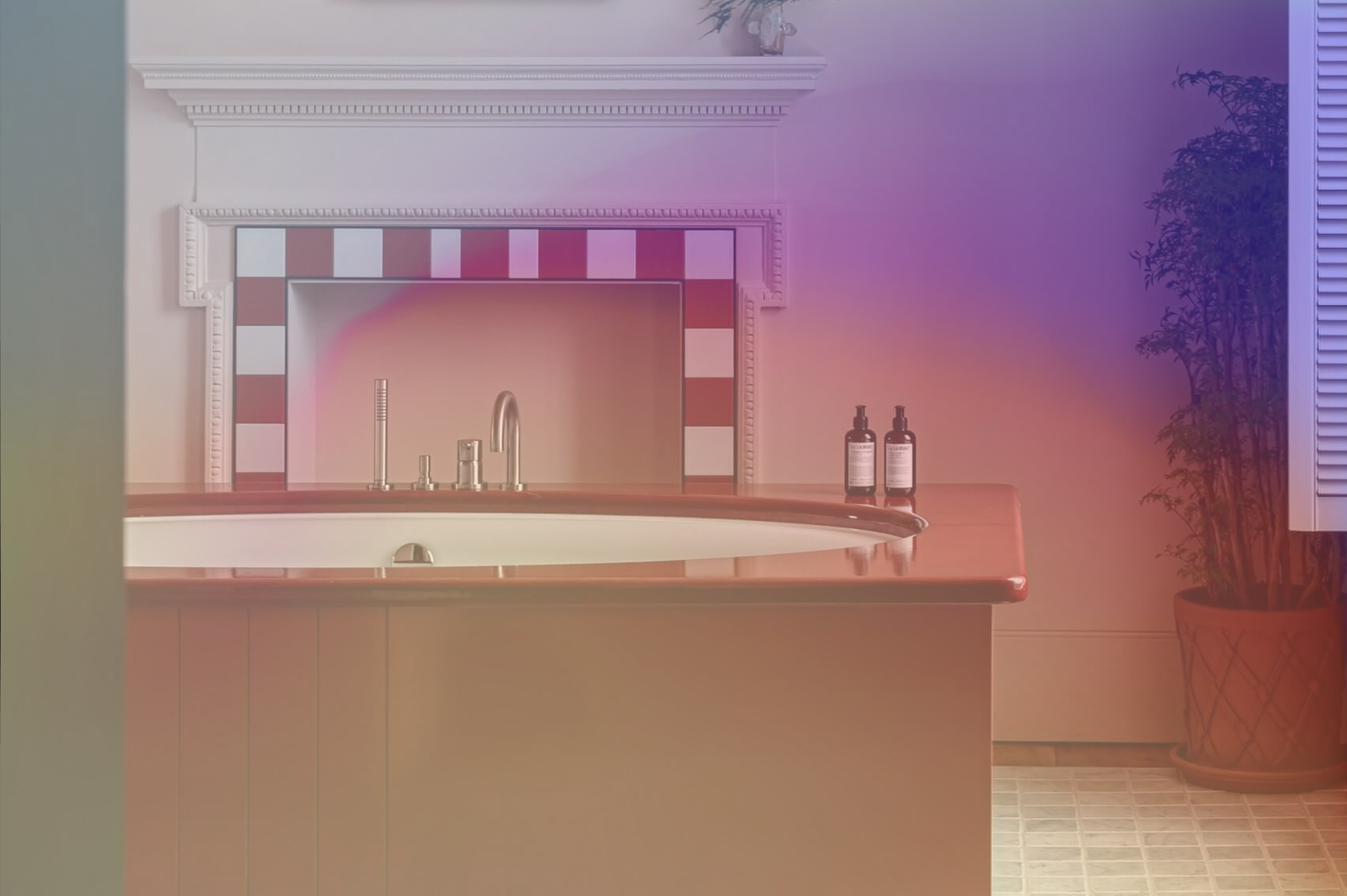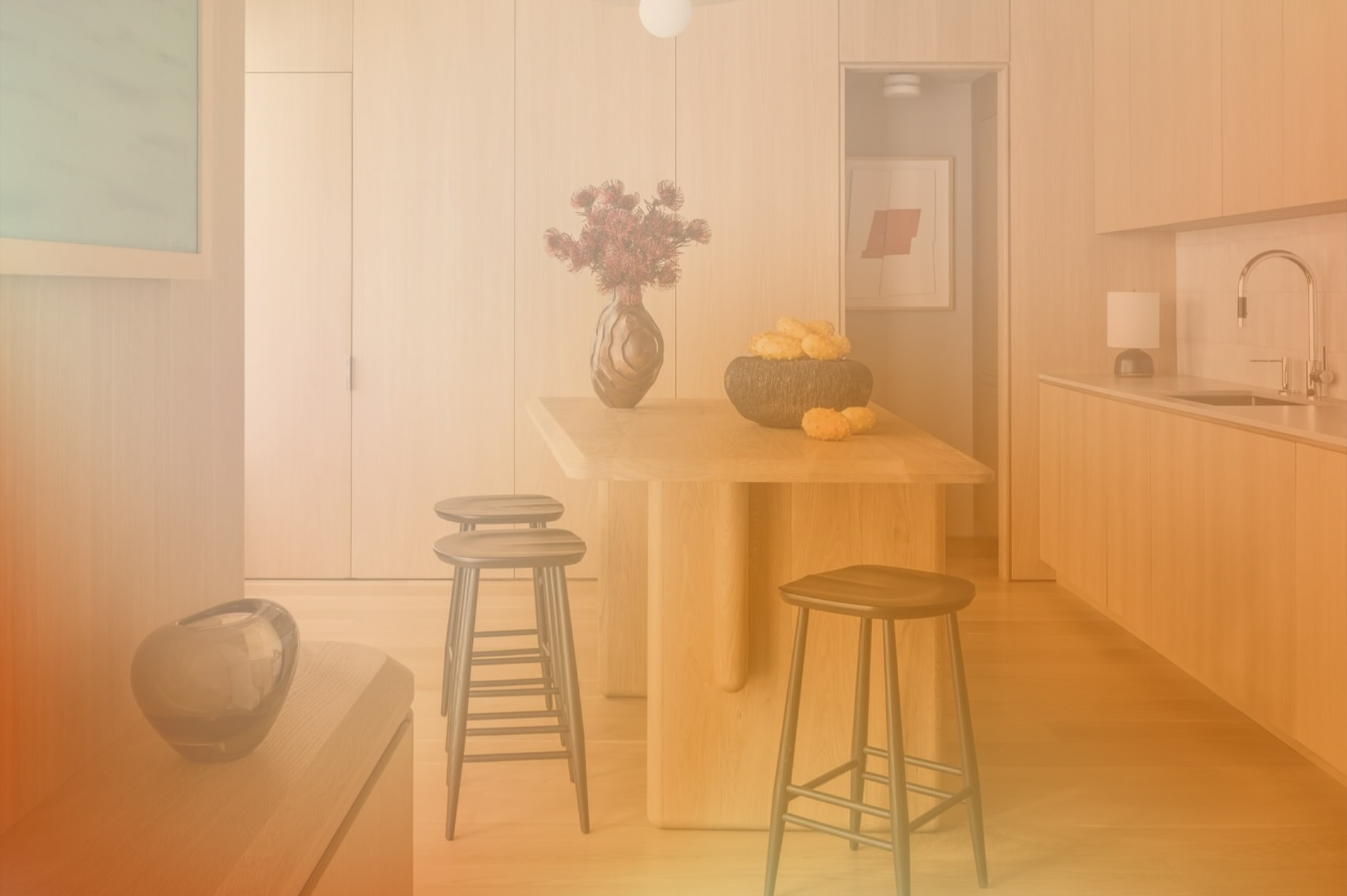This requires moving beyond basic demographic targeting to a level of precision that understands not just who your customers are, but what their specific design tastes, lifestyle needs, and purchase motivations truly are. This article delves into advanced audience targeting strategies across platforms like Meta, Google, and Pinterest, enabling specialized furniture brands to efficiently reach their ideal buyers.
The Challenge of Niche Furniture Marketing
Niche furniture brands face unique challenges:
- Smaller Addressable Market: The total pool of potential customers is inherently smaller than for mass-market retailers.
- Higher Customer Acquisition Cost (CAC) for Broad Targeting: Wasting impressions on irrelevant audiences quickly inflates ad spend.
- Deeply Specific Needs: Customers for niche products often have very precise requirements and expectations.
- Aesthetic Sensitivity: Visual appeal and alignment with a specific design philosophy are paramount.
Overcoming these challenges requires a laser focus on precision.
Leveraging First-Party Data: Your Richest Resource
Your existing customer data is your most valuable asset for niche targeting. It provides direct, explicit signals of design preference and purchasing power.
- Website Behavior:
- Browse Patterns: Track which product categories (e.g., "Scandinavian Sofas," "Industrial Lighting"), specific product tags (e.g., "walnut finish," "tufted"), and even style guides or blog posts (e.g., "Designing Your Mid-Century Home Office") users engage with most.
- Wishlist & Favorites: These are strong indicators of specific interest.
- On-Site Search Queries: What specific design terms or product types are users searching for on your site? This reveals explicit intent.
- Pages Visited & Time on Page: Longer engagement on pages featuring specific styles or materials signals deeper interest.
- Purchase History: Analyze past purchases for recurring design themes, price points, and product types. A customer who bought a minimalist dining table is a prime candidate for minimalist chairs or sideboards.
- Email Engagement: Which style-specific newsletters or product update emails do your subscribers open and click? Implement preference centers where users can self-identify their preferred design styles.
- Offline Data (if applicable): If you have a showroom, integrate data from in-store visits or sales records. Which pieces did they gravitate towards? What styles did they discuss with sales associates?
Advanced Targeting on Key Platforms
With your first-party data in hand, you can activate powerful targeting strategies across various advertising platforms:
1. Meta (Facebook & Instagram): The Visual Storyteller's Playground
Meta is ideal for visually driven industries like furniture, but precision is key.
- Custom Audiences from First-Party Data:
- Website Custom Audiences: Create granular audiences based on specific URLs visited (e.g., all visitors to "/mid-century-modern-collection"), time spent on site (top 10-25%), or specific events (e.g., "Added to Cart" for a specific style).
- Customer Lists: Upload your customer lists (segmented by design preference or product type) to Meta. This allows you to target existing customers with complementary products or to exclude them from acquisition campaigns.
- Lookalike Audiences Based on Niche Segments:
- This is where Meta's power truly shines for niche brands. Instead of creating a lookalike from all website visitors, create lookalikes from your most valuable niche segments.
- Example: Create a 1% lookalike audience from your "Mid-Century Modern Purchasers" list, or from visitors who spent significant time on your "Ergonomic Office Chairs" product pages. This trains Meta's algorithm to find new users who share similar characteristics and behaviors to your ideal niche customers.
- Detailed Targeting (Interests & Behaviors): While often broad, combining these can create niche segments:
- Interests: Look for niche interests like "Interior Design Magazine [Specific]," "Architectural Styles [Specific]," "Home Decor [Specific Style]," "Furniture Designers [Specific]," or even specific product categories like "Standing Desks" or "Handmade Furniture."
- Behaviors: Target "Engaged Shoppers," "Online Buyers," or those who show affinity for "Luxury Goods."
- Combine and Layer: Don't just pick one. Layer multiple interests (e.g., "Interior Design" AND "Sustainable Living" AND "Bohemian Decor") to create highly specific, albeit smaller, audiences.
- Dynamic Creative Optimization (DCO): For niche brands, DCO is invaluable. Showcase the exact product style a user was Browse, presented in a relevant aesthetic context (e.g., a minimalist chair in a clean, uncluttered room vs. a distressed wood chair in a cozy, industrial space).
2. Google (Search & Display): Intent-Driven & Broad Reach
Google captures active intent and offers vast reach.
- Google Search Ads (RLSA & Highly Specific Keywords):
- Remarketing Lists for Search Ads (RLSA): Target users who have previously visited your site and are now searching on Google. Apply these lists to highly specific, long-tail keywords.
- Long-Tail Keywords: Focus on hyper-specific search terms that indicate strong niche intent (e.g., "Danish modern credenza," "adjustable standing desk for home office," "industrial pipe shelving unit"). These have lower search volume but much higher conversion intent.
- Negative Keywords: Crucial for niche brands. Exclude broad, irrelevant terms (e.g., "cheap," "used," "discount") to prevent wasted spend and ensure you're reaching buyers, not bargain hunters.
- Google Display Network (GDN) & Discovery Campaigns:
- Custom Segments (formerly Custom Affinity/Intent Audiences): Create custom segments by inputting URLs of competitor websites, niche design blogs, industry forums, or YouTube channels relevant to your specific aesthetic. Google will then target users who have shown interest in these topics.
- In-Market Audiences: Google's pre-defined segments include "Furniture & Home Decor" but can also get more granular (e.g., "Office Furniture," "Home Furnishings"). Combine these with your own first-party data or custom segments.
- Demographics: For luxury or high-end niche segments, leverage household income targeting (where available) to reach more affluent audiences.
- Audience Exclusions: Exclude audiences unlikely to convert (e.g., broad "Interior Design" audiences if you only sell a very specific sub-style).
3. Pinterest: The Ultimate Visual Discovery Platform
Pinterest is a goldmine for furniture and design inspiration, making it uniquely powerful for niche brands.
- Act-Alike Audiences: Similar to Meta's lookalikes, these find new users based on your existing customer data or website visitors. Focus on those who engaged with specific boards or pins on your site related to your niche.
- Interest Targeting: Pinterest's strength is its depth of interest categories. Target users interested in "Mid-Century Modern," "Bohemian Home Decor," "Ergonomic Desks," "Small Space Living," "Industrial Interiors," or specific materials like "Live Edge Wood."
- Keyword Targeting (Pinner Searches): Target ads based on what users are actively searching for on Pinterest (e.g., "home office setup ideas," "minimalist bedroom decor," "vintage Danish furniture").
- Uploaded Customer Lists: Just like Meta, upload your segmented customer data to find new users who "look" like them on Pinterest.
- Tailored Creative: Pinterest thrives on aspirational visuals. Ensure your ads showcase your niche products in beautifully curated settings that align with the target aesthetic. Link directly to product pages or inspiring landing pages.
Beyond the Platforms: The Importance of Context and Consistency
- Personalized Landing Pages: Ensure that an ad promising "Rustic Farmhouse Dining Tables" leads to a landing page exclusively featuring those tables, not your entire catalog. Maintain visual and stylistic consistency.
- Content Marketing Alignment: Support your targeted ads with blog content, style guides, and inspiration galleries that speak directly to your niche audience's interests. This builds authority and provides valuable context.
- Omni-Channel Approach: A customer interested in ergonomic office furniture might start on Google, find your product on Pinterest, visit your website, and then see a retargeting ad on Meta. Ensure a cohesive and consistent message across all touchpoints.
Navigating the niche in furniture and design requires moving beyond the broad strokes of traditional marketing. By meticulously segmenting audiences based on design affinity, leveraging psychographic insights, and deploying precision targeting strategies across key digital platforms, boutique brands can efficiently reach their ideal customers. This not only optimizes ad spend but also fosters deeper connections with a highly engaged audience, turning specialized tastes into profitable conversions.





